Introduction
Occupational
stress is referred to continual and persistent stress a person experiences at
work, due to work overload, role ambiguity, conflict, undue pressure, under
participation in decision-making, feeling of powerlessness, poor peer-group
relationships, and strenuous working conditions, amongst others.
It can be
measured & assessed, through the Occupational Stress Index (OSI). It’s an
inventory that enables mental health professionals to understand the
causes
&
current levels of an individual’s occupational stress.
Occupational
stress as a term is often used interchangeably with professional stress.
Understanding Occupational Stress
Occupational
stress is more of a chronic condition than an acute condition. It requires a
thoughtful assessment of the manifestation of the problem before exploring
protection, mitigation, and intervention options.
The incidence
and manifestation of occupational stress may be considered in three progressive
steps:
Step 1 includes the
reasons & causal factors of professional stress, which are known to be risk
elements.
Step 2 is the stress reaction, a normal and naturally occurring response to external demands or internal compulsions.
Step 3 includes the resultant outcomes, in the form of distress or forms of eustress (healthy stress).
Causes
Some major
causes of occupational stress could be:-
·
Rigid policies enforcement by an
organization
·
Performance targets that exceed an employee’s
training and abilities
·
Leadership issues of micromanagement and
mismanagement
·
Restricted opportunities for professional and
personal development
·
Conflicts among team members within a
department or between organizational groups
·
Lack of support from human resource departments
·
Managerial issues of harassment and
discriminating
·
Lack of time management
·
Lack of occupational guidance or
direction
·
Being overworked
·
Regular threats of termination
·
Loss of wages, pay cuts, and benefits
Occupational
stress can lead to a breakdown of performance, morale, and motivation of the
workforce. The biggest impact is on the organization’s employee brand value and
perception as not being a great place to work.
Coping Mechanisms
Coping
mechanisms can be seen at two levels, one at the organizational level and another
at the individual level.
At the
organizational level, the best initiatives revolve around,
a.
Empowering employees with appropriate levels
of authority for approvals and decision-making needed to perform their roles effectively.
b.
Promulgation of organizational values, to
ensure good leadership behavior and a people-focused work culture
c.
Formulation of policies to address issues of
harassment, abuse, and conflicts at the workplace
For
individual employees,
a. Ensuring opportunities for professional growth and development
b. Access to executive coaching to help individuals, develop the right mindset to cope with workplace demands
Conclusion
Occupational
stress is an unavoidable, even at times indispensable, element of the work
environment, but it does not have to transform into organizational dysfunction
or medical, psychological, or behavioral distress.
To know more about coping with occupational stress, contact me at www.percyvaid.com.













